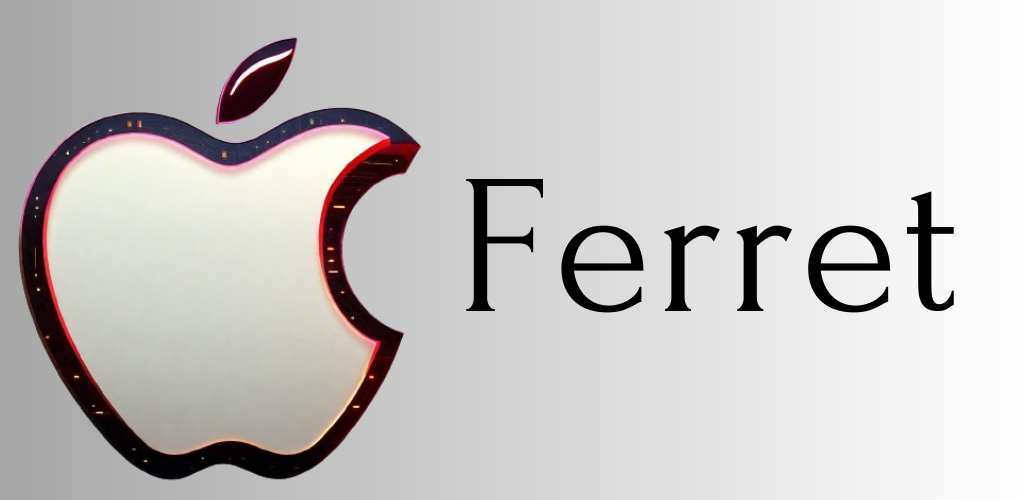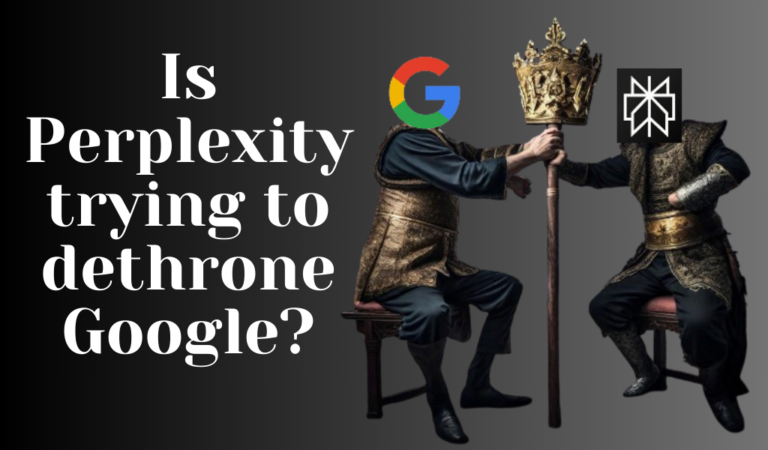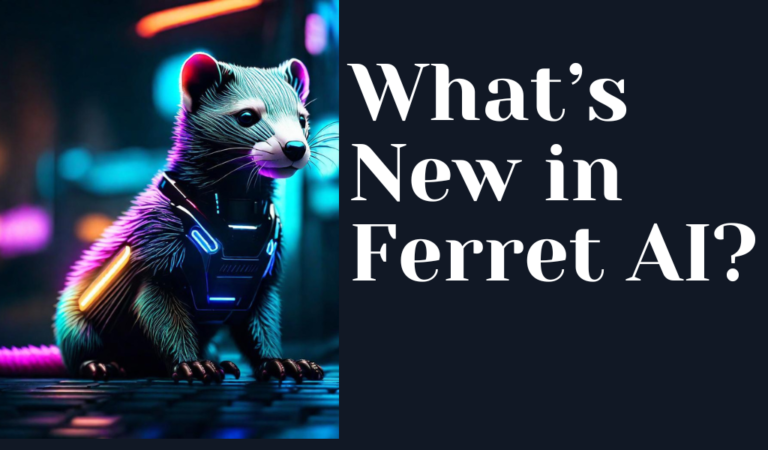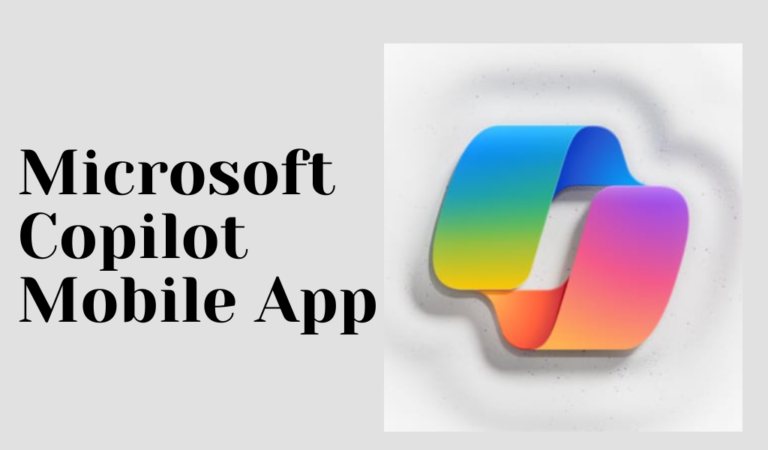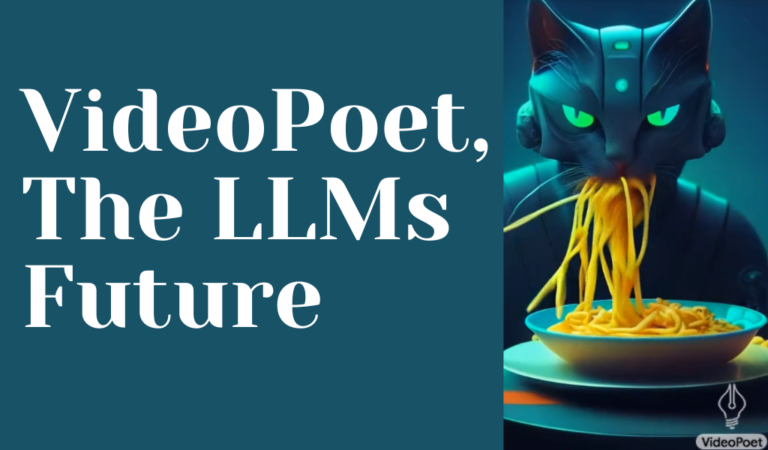Table of Contents
ToggleIntroduction
Researchers from Cornell University and Apple Inc. quietly unveiled Ferret AI Apple AI, an open-source, multimodal big language model, in October, in a paradigm-shifting move. Working without making an official statement on GitHub, It has become a quiet disruptor that has attracted a lot of attention and distinguished itself from Apple’s customarily private company culture. This thorough investigation seeks to learn more about It’s subtle features, the strategic significance of its launch, the complexities of its model training, its excellent performance metrics, and the planned improvements positioned to solidify its position in the rapidly developing field of multimodal artificial intelligence.
Ferret AI Apple Functionality
Ferret is in the vanguard of innovation, expanding the possibilities of multimodal artificial intelligence. Its unique feature is that it can automatically ground pertinent text about the model by referencing image regions in free-form shapes. It’s use of image fragments as queries is a significant advancement over traditional language models and ushers in a new era of AI comprehension and interaction with visual data.
Spatial-Aware Approach: An Architectural Breakthrough
Ferret’s spatial awareness is what makes it so functional. Ferret, in contrast to its predecessors, carefully scans certain areas of an image, finds elements that are considered relevant, and creates bounding boxes around those parts. These recognized components become essential to the question, enabling Ferret to reply with a sophisticated comprehension of the context of the image. This spatially aware method creates opportunities for applications in a variety of fields, including image search, accessibility features, and other fields where contextual awareness is essential.
Navigating the Nuances: Ferret’s Versatility
Ferret is unique in that it can adapt to a variety of local inputs. With the grace of a spatially-aware visual sampler, Ferret handles a variety of sparsity patterns for points, bounding boxes, and free-form shapes. It’s adaptability makes it a strong solution that can accurately and efficiently handle complex visual data.
The Strategic Significance of Ferret’s Stealthy Debut
The quiet, non-announced publication of Ferret on GitHub has significant strategic ramifications for Apple. This section delves into the reasoning behind this understated approach and examines how it might affect Apple’s standing in the AI industry’s competitive landscape.
Strategic Stealth: A Departure from Tradition
Apple made a purposeful change from its often secretive approach when it decided to release Ferret without the usual fanfare. This surprising transparency—or perhaps more accurately, purposeful transparency—highlights Apple’s dedication to multimodal AI advancement. By avoiding a formal announcement, Apple creates an atmosphere that is favorable to cooperative advancement by interacting with the developer and research communities in a different way.
Implications for Apple’s Competitive Edge
The AI market is extremely competitive, with big companies like Google LLC and Microsoft Corp. fighting for supremacy. Ferret’s acquisition by Apple is a measured response to the company’s resource limitations. Unlike its competitors, Apple has limited infrastructure, which makes it difficult to serve up Large Language Models (LLMs) at scale. The ramifications of Apple’s open-source strategy are examined in this section along with how it may affect the company’s future in the AI market as it competes with cloud hyperscales.
Model Training and Performance: The Engine Behind Ferret’s Brilliance
In order to fully appreciate Ferret’s capabilities, one must examine the details of its model training procedure and the metrics that highlight its exceptional performance.
GRIT Dataset: A Foundation for Excellence
To train Ferret, the researchers carefully selected samples from the 1.1 million samples in the GRIT dataset, which contains extensive hierarchical spatial information. Interestingly, 95,000 hard negative data samples are included in the dataset purposefully to increase the resilience of the model. Ferret’s abilities are refined on this dataset, which makes it exceptional at traditional referencing and grounding tasks.
Performance Metrics: Ferret’s Triumphs
Ferret’s multimodal AI success story is compellingly illustrated by his performance indicators. The model performs better in traditional referring and grounding tasks than current Multimodal Large Language Models (MLLMs). Its exceptional ability to comprehend and respond to context in multimodal chat that is both region-based and localization-demanded is evident.
Addressing Challenges: The Counterfactual Conundrum
The researchers agree that Ferret, like its rivals, may generate damaging and counterfactual responses, acknowledging the limitations inherent in MLLMs. This acknowledgement is significant because it shows a dedication to continuous growth and refinement in the face of changing obstacles.
Ferret’s Future Enhancements
Ferret’s forward-looking strategy contains upgrade goals that emphasize the company’s dedication to constant progress and adaptability. The researchers’ future plans for Ferret are examined in this section, along with the incorporation of bounding boxes and output segmentation masks. The researchers intend to include the results of segmentation masks and bounding boxes into Ferret, citing their goal to improve it. This development, which offers a more thorough comprehension of the visual context within an image, is consistent with Ferret’s dedication to enhancing its capabilities. Ferret’s versatility and possible uses are examined in relation to the ramifications of these improvements.
Conclusion
In conclusion, Apple has made a revolutionary step forward into the field of multimodal AI with Ferret’s covert debut. Ferret’s surprising embrace of open-source development and spatially-aware methodology establishes it as a leader in the field. Ferret has the potential to completely change how AI interacts with textual and picture inquiries as it develops, establishing new benchmarks for adaptability, efficiency, and cooperative invention.
As Ferret lays the groundwork for multimodal AI dominance, Apple’s calculated action proves its flexibility and dedication to remaining at the forefront of technological advancement. Ferret’s technological innovations, collaborative engagement, and strategic vision work together to herald a new era in artificial intelligence (AI), where the lines between language and vision are blurred and human-machine connection is made possible in ways never before possible.
More on AI:

